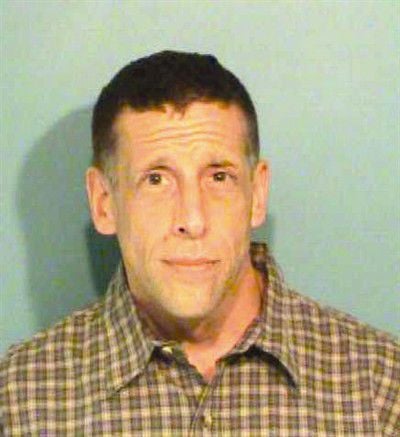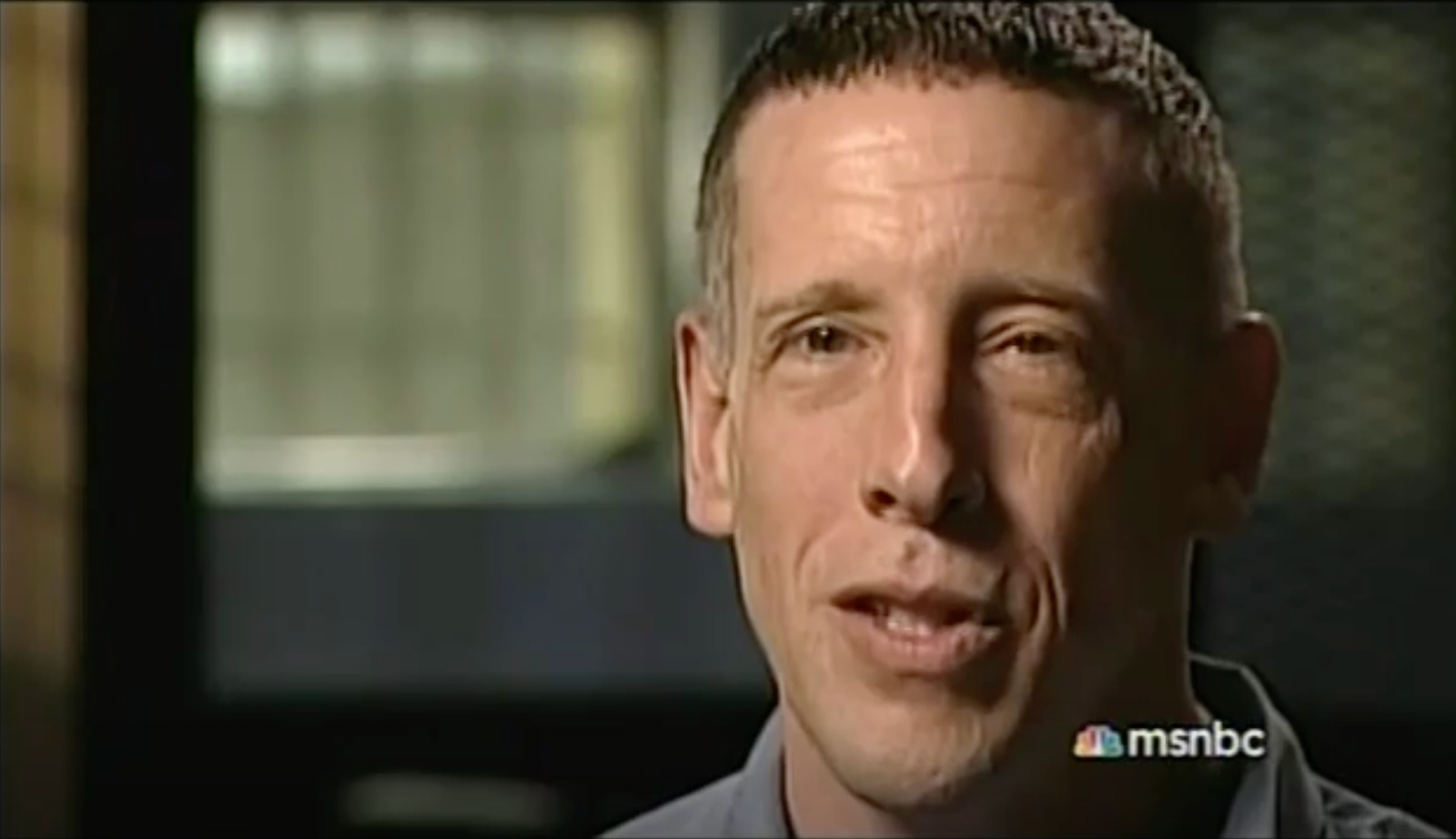NBC’s ‘Dateline: The House on Murder Mountain’ features the story of falsely convicted Philip Scott Cannon and his decade-long struggle to clear his name. He was accused of committing three homicides in a rural Polk County, Oregon, mobile home in late November 1998. The episode features how Philip eventually managed to secure justice and free himself.
Who Is Philip Scott Cannon?
Jason Roger “Jase” Kinser, 26, his fiancé, Suzan Renée Osborne, also 26, and 24-year-old Celesta Graves were found fatally shot at a trailer in rural Polk County, west of Salem, Oregon, on November 23, 1998. The landlady, Bimla Boyd, had hired Jason in 1998 fall as a caretaker for her property on 5909 Orchard Heights Road. Bimla claimed she looked out around 3:45 pm to see the mobile home on fire and rushed to extinguish it. She claimed she had forbidden the tenants from using the wood stove and initially thought the smoke came from it.

When she opened the trailer’s door, Bimla was shocked to find Jason lying on the kitchen floor and gasping for air. The landlady stated the fire was caused by burning logs spilling from the stove. She called 911, and the police rushed to the address to find three bodies. While Jason’s corpse lay in the kitchen, the bodies of Suzan and Celesta were found under the trailer. The three deceased had been shot once in the head with .22-caliber bullets. Bimla claimed she had been driving up to her home when she noticed a tree branch blocking her path.
The same lane was used to reach the trailer, and Bimla noticed another vehicle pulling up. The occupants — Jeremy Olsen and Larry Weaver — removed the branch before making their way toward the mobile home. They informed Bimla that they were on their way to deliver water. The landlady also claimed to spot a maroon van parked by the trailer as she crossed it. After the bodies were discovered, the police questioned Jeremy and Larry to learn they had encountered Philip Scott Cannon, then 32, when they pulled up to the trailer.
According to the two men, Philip was acting strangely and asked them not to enter the trailer since Jason was allegedly upset. The trio then left together, with Philip driving away in the maroon van. He claimed he went to give an estimate of plumbing costs but left after Suzan asked him to. He also informed the officers about an alleged argument between Jason and “some Hispanic male.” Meanwhile, the police learned about his alleged meth use and found numerous weapons—including silencers—and ammunition inside his garage.
Philip Scott Cannon is Living With Family Now
Police sources stated the late Celesta’s boyfriend — a convicted drug trafficker named Steven Brobston — had entrusted Philip with a lockbox containing $16,000. While the cash was for providing financial support to Celesta, the officers found no money. Despite the absence of witnesses, murder weapons, or physical evidence, Philip was arrested and charged with three counts of first-degree murder in early December 1998. During his January 2000 trial, Jeremy, Larry, and Bimla placed him at the crime scene minutes before the murders.
Michael Conrady, an expert from Oregon State University’s Radiation Center, testified he had conducted a metallurgic analysis of the bullets found from the deceased and inside Philip’s home. A comparative bullet lead analysis determined the slugs were indistinguishable. Philip was convicted on all charges and sentenced to three life sentences without parole on February 28, 2000. However, the credibility of the state’s primary witness, Bimla, took a hit when she was arrested for killing Robert Daniel Spencer, 54, in late 2002.
Philip’s defense counsel filed an amended petition for post-conviction relief in March 2009, citing how comparative bullet lead analysis had been proved scientifically unreliable and citing new developments in the case. They alleged various witness statements cast further apprehensions on Bimla’s testimony during the 2000 trial. They also introduced a new suspect — Thomas “Tom” McMahon — alleging he was the “Hispanic man” their client had been talking about. Tom had been arrested with Jason weeks before their murder for selling drugs.
Tom’s erstwhile girlfriend also mentioned in a signed affidavit about him mentioning details about the murders only the killer would have known while Tom picked him from a photo line-up. Philip’s conviction was vacated in August 2009 after the prosecution agreed to a new trial. The Oregon Department of Justice reported that Polk County had destroyed the original trial exhibits in December 2009. It was also alleged police sent the bullets to Michael because their state crime laboratory declined to conduct the unreliable comparative bullet lead analysis.
The Polk Country prosecutors contended they had sent the evidence to the Department of Justice, but the erstwhile Assistant Attorney claimed she never received the records or evidence. Due to the mismanagement, the state dismissed the charges, and Philip was released on December 18, 2009. He filed a federal civil rights lawsuit seeking damages, which was dismissed in 2014. Philip, now in his late 50s, filed another claim for compensation from the state of Oregon in 2022. His family, including his girlfriend and mother of his two children, Sarah, stood by him during the entire decade-long ordeal.
Read More: Jason Kinser, Suzan Osborne and Celesta Graves Murders: How Did They Die? Who Killed Them?


You must be logged in to post a comment.